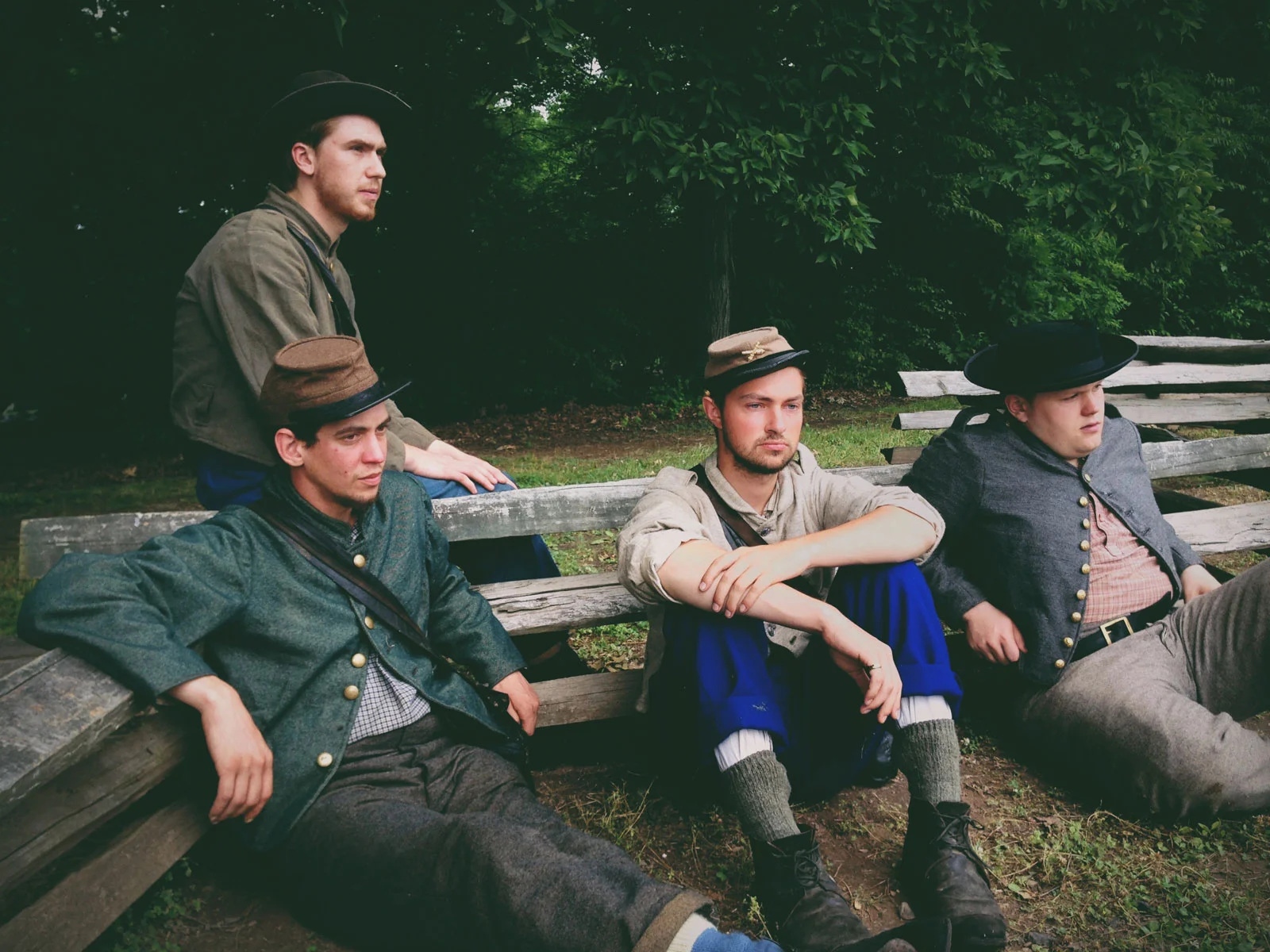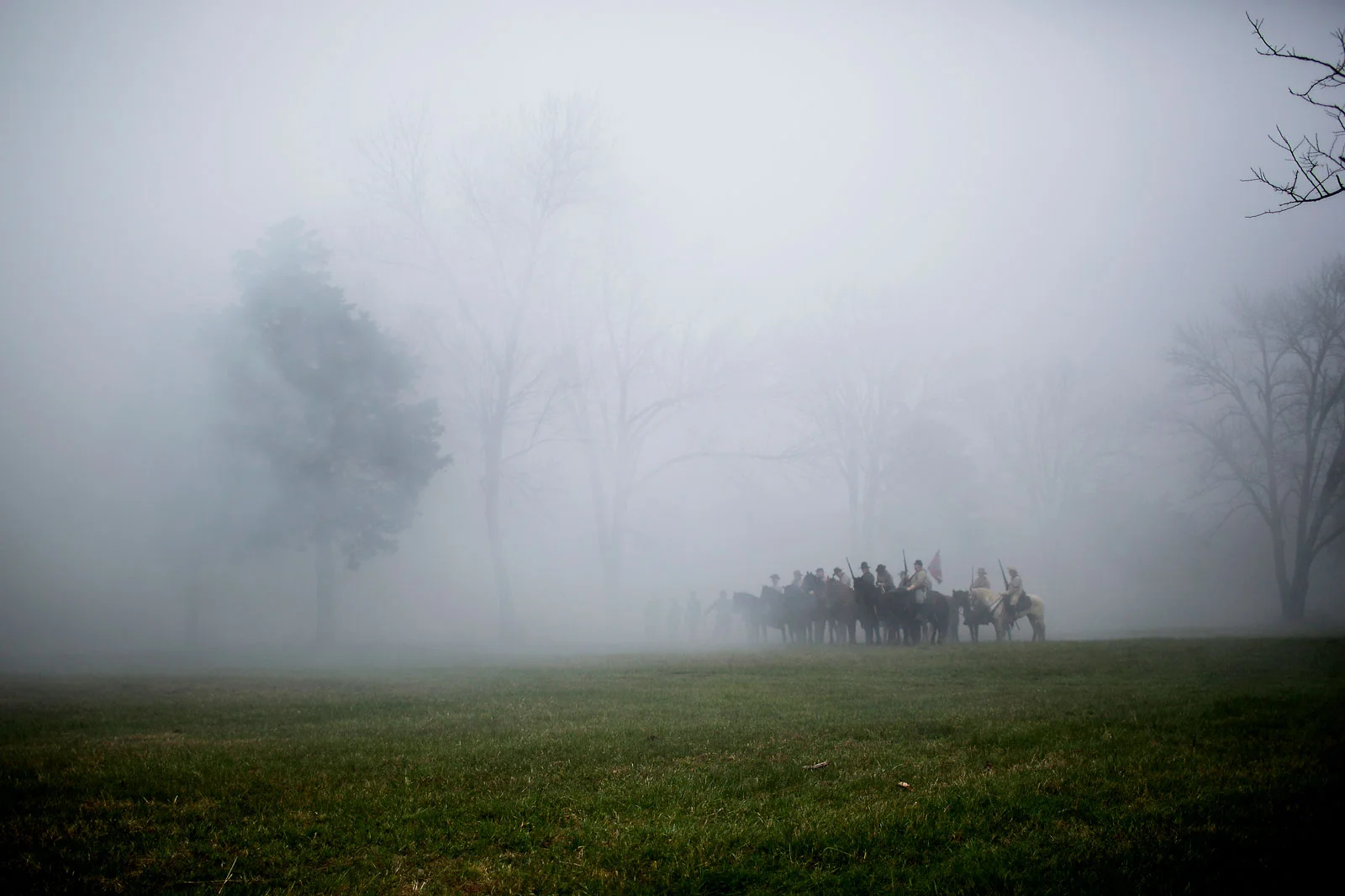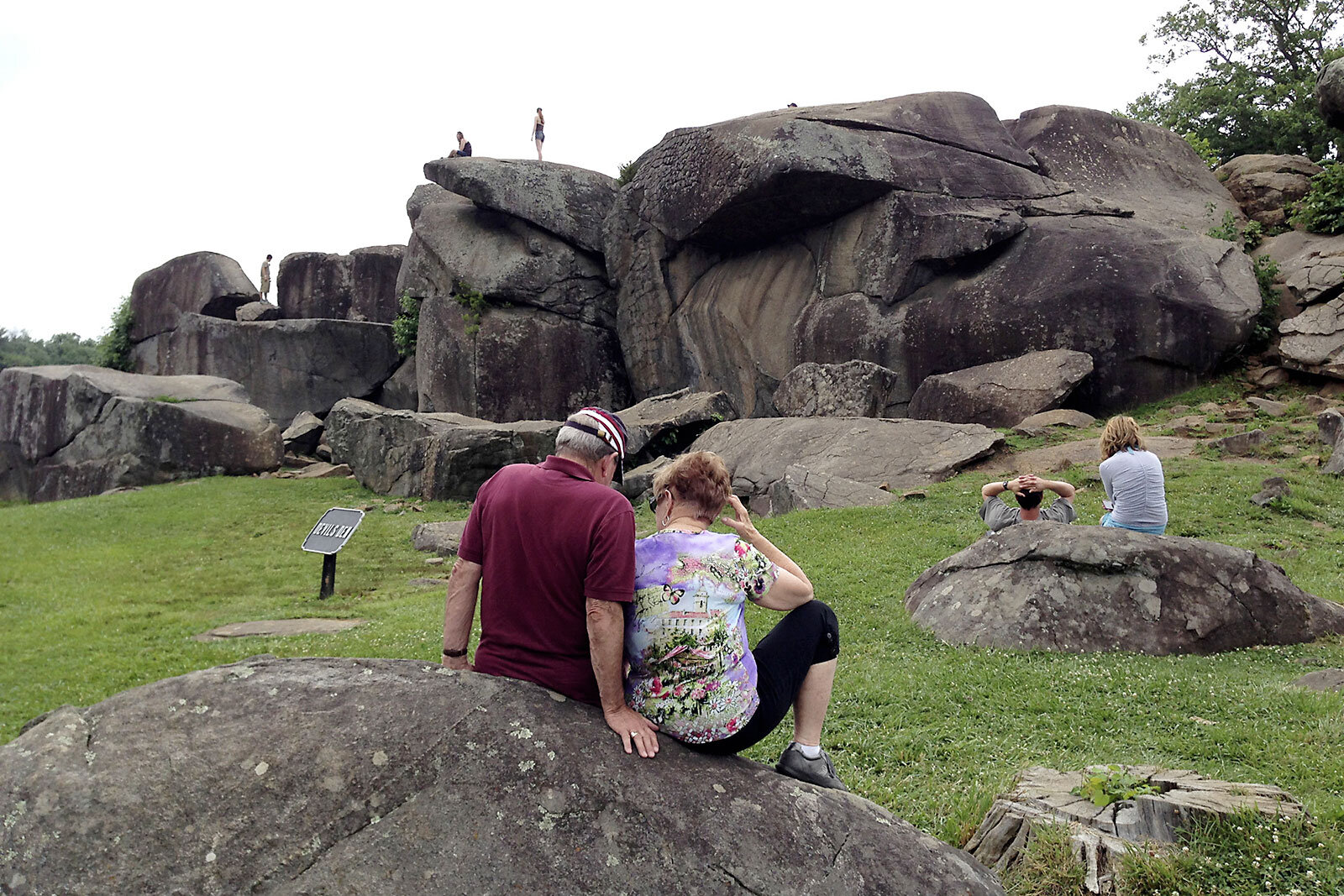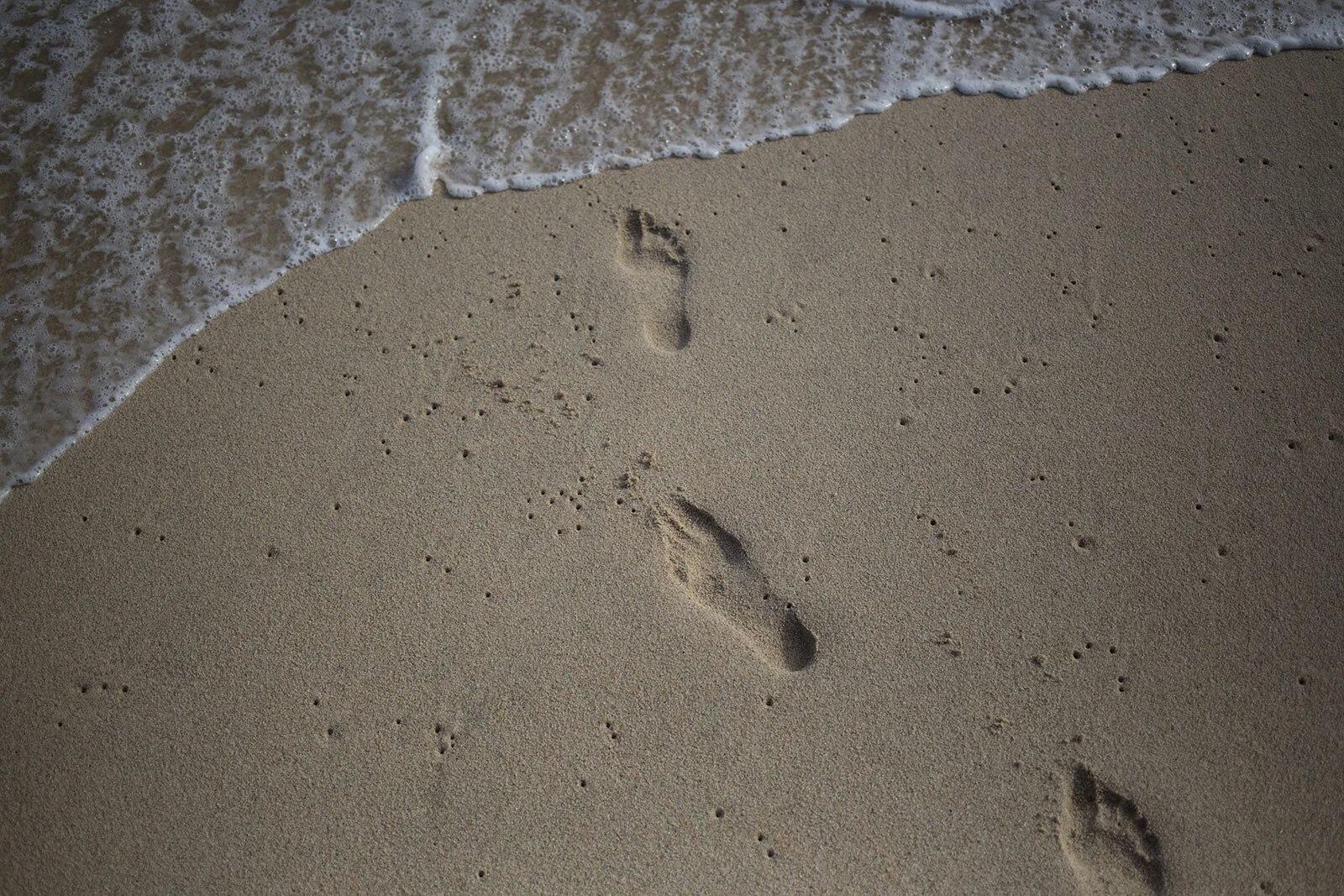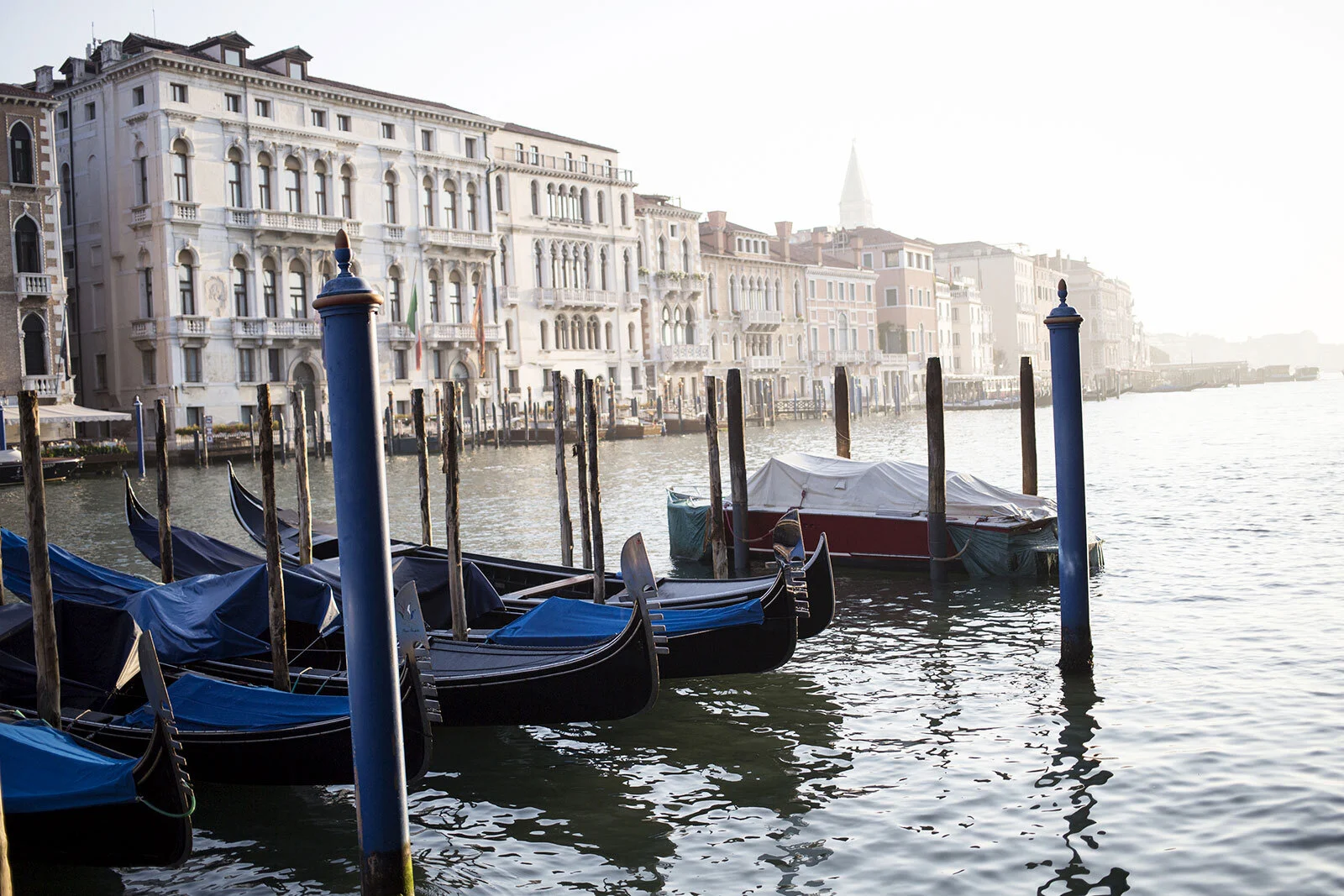GETTYSBURG, THE BATTLE
GETTYSBURG, THE BATTLE
Gettysburg National Battlefield Park. Gettysburg, PA
Armes was commissioned by The New Yorker to document, for the publication’s Instagram feed, Gettysburg National Battlefield Park during the 150th remembrance of the three days American Civil War battle that raged here July 1-3, 1863.
This commission worked in parallel with a personal project that sought to look at our inheritance from the American Civil War as a broader project called The 150 Project.
Since 2011, this project is revisiting the slaveholder rebellion that led to the American Civil War while encouraging a revitalized interest through multiple platform single-storytelling.
Tourists tour The State of Pennsylvania Monument.Gettysburg National Military Park.
THE BATTLE OF GETTYSBURG
JULY 1 - JULY 3, 1863
CASUALTIES:
USA: 23,055 (3,155 KIA / 14,531 wounded / 5,369 captured or missing)
CSA: 23,231 (4,708 KIA / 12,693 wounded / 5,830 captured or missing)
Simon Sobolewski, 51, a living historian from Victoria British Columbia.
Visitors to Gettysburg National Battlefield Park are dwarfed by a statue near the Soldier’s National Cemetery.
““In great deeds something abides. On great fields something stays. Forms change and pass; bodies disappear, but spirits linger, to consecrate ground for the vision-place of souls.””
A tourist trap lures with overpriced t-shirts featuring US President Abraham Lincoln and his Gettysburg Address alongside multiple novelties featuring the confederate flag and a shirt advertising The Ghosts of Gettysburg. The shirt in the middle reads, “If this flag offends you … study American history.”
Looking west toward South Mountain, the rebels will advance across this field at the end of the first day of battle at Gettysburg July 1, 1863. The advance forces a crumbling Union line’s retreat back into Gettysburg. The next day, July 2, 1863, Gen. Lee will continue his offensive.
Living historians hang clothing out to dry while bivouacking in the shade and cover of Pitzer Woods at Gettysburg. It’s in these woods, the afternoon of July 2, 1863, where Confederate Gen. Longstreet would anchor the left of his line in attempt to dislodge a fortified Federal force at Cemetery Ridge.
A reenactor poses on the field where confederate forces will mass July 3, 1863 before making there ill-fated charge on a consolidated Union front. The charge would become a massacre as Major Gen. George Pickett’s men fall in waves. The tactical blunder becomes infamous with the overly confident Major General, the ground forever attached to his name as Pickett’s Charge.
With a shoulder draped confederate flag and a toy gun in her hand, a young girl carefully makes her way down the rocks of Devil’s Den while playing war.
Visitors to the park are small against the sky and next to large boulders that form the Devils Den, the scene of a brutal wave of rebel infantry assaults made-up of Texans, Arkansans, and Alabamians July 2, 1863.
A wind gust builds strength as it rolls over the ‘awful, awful rocks’ of the Devil’s Den, tugs on a group of confederate reenactors hats and tears at that flag.
““The neighing troop, the flashing blade, the bugle’s stirring blast, the charge, the dreadful cannonade, the din and shout are past.” ”
Small articles of humanity such as a pack of playing cards, a journal or photos from home would have been the few personal items a Civil War era soldier would have carried throughout the war.
Two members of a drum and fife corps stand ready to play during a living history demonstrations at Gettysburg National Military Park.
Confederate living historians watch infantry firing demonstrations from the shade and cover of Pitzer Woods at Gettysburg July 2. It's in these woods, the afternoon of July 2, 1863, where confederate Gen. Longstreet would anchor the left of his line in attempt to dislodge a fortified Federal force at Cemetery Ridge. It would ultimately be unsuccessful.
““Awful, awful rocks!!”
For weeks, after the battle at Devils Den, a delirious Alabama soldier suffering from his wounds would repeat from his Union hospital bed. One-hundred and fifty years ago these rocks were the scene of battle and carnage but today a quiet place to reflect and watch visitors play and scramble across the boulders.”
A confederate living historian and hundreds of tourists stand ready to retrace the steps of the men who made the ill-fated charge at Gettysburg. The 12500 man 3/4 mile charge, across uneven and open terrain, led by Confederate Major Gen Pickett resulted in a staggering casualty rate of 50% July 3 1863.
21st century modes of transport interlopes into the 19th via roaming Segways at Gettysburg National Military Park.
“The Rebels lost a good many men there at Gettysburgh. I was over the battlefield the 4th. Our men were burying the dead, put 15 or 20 in one grave (or rather hole). Our men were buried separately, and head boards put up with names on.
In the afternoon of the 4th we had a hard thunder storm. I put on my overcoat and sat with my back to a tree and had to just “grin and bear it” for 3 hours. I did not get wet through as those did who had no overcoats to put on ...”
